The Incredible Story Of William James Sidis The 11-Year-Old Who Went to Harvard
The audience at Harvard is listening to a lecture. It is a complicated topic, something about complex mathematics. Everyone is paying close attention to the speaker, in awe of his genius.
The lecture is exceptionally brilliant, and the audience nods and gasps at his insights into this complicated topic.
However, something about this lecture is different. The speaker is eleven years old.
Meet William Sidis
William’s parents were accomplished professionals, and their son was a wonder. William quickly progressed beyond other students in all of his school subjects, and his parents were stunned. They could not believe how quickly he learned and moved on to new areas.
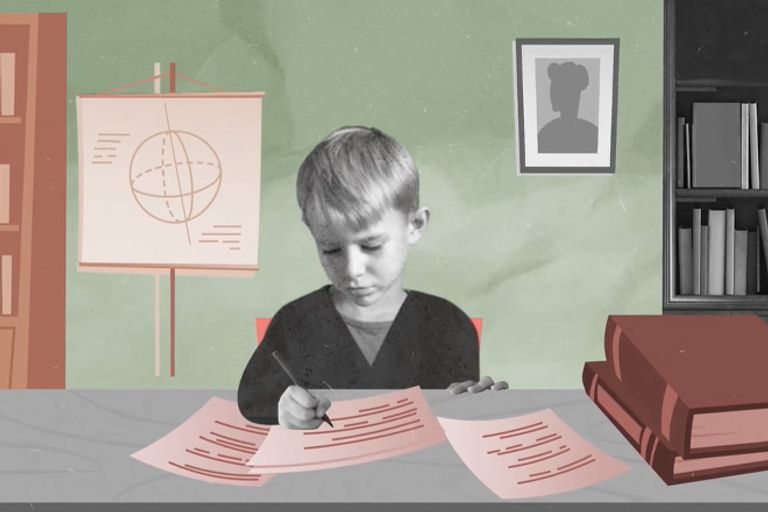
Source: BRIGHT SIDE/YouTube
By the time William turned eight, he could already speak multiple languages. He had even created his own unique language. However, it was in the math subjects that William amazed his teachers, his parents, and others following his progress. In fact, he made history with his talent.
On to Harvard
When William was just eleven years old, he was ready to attend university. With his sterling reputation and accomplishments, he would have been accepted anywhere, but he chose to attend Harvard University in Cambridge, Massachusetts.
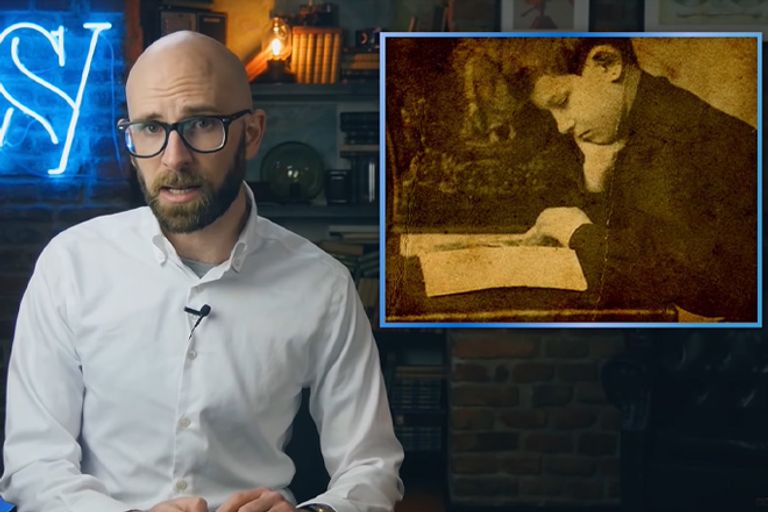
Source: TodayIFound Out/YouTube
Harvard is perhaps the most prestigious university in the United States. The university was thrilled to have the famous child prodigy as a student, and William looked forward to studying with some of the greatest minds in the world. However, once he got there, things started to go wrong.
What Went Wrong?
William was a proven prodigy, with an IQ even higher than Albert Einstein’s. He had advanced into higher studies at a lightning rate. Harvard was anxiously awaiting his arrival, arranging meetings with the mathematics faculty so that he could feel comfortable in his new environment.
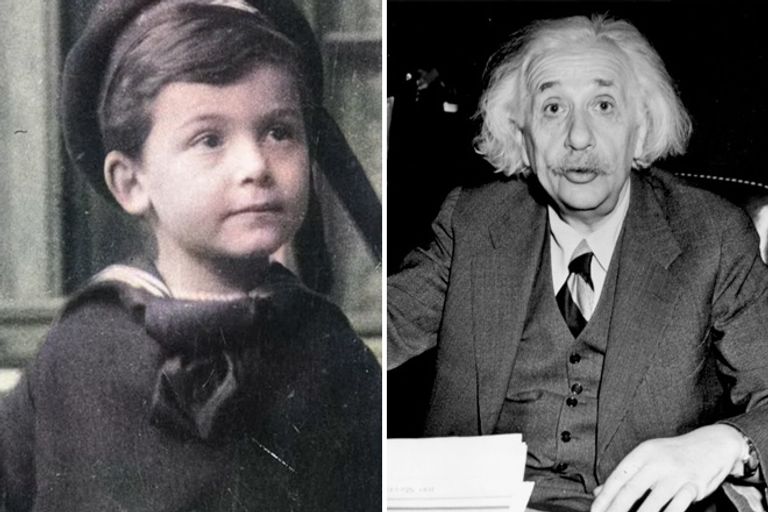
Source: Trend Alerts/YouTube|Central Press/Stringer
William entered Harvard excited to begin his studies, knowing he was ready for higher levels of learning. He looked forward to meeting some of the world’s finest professors and students. He never did reach his dream. What happened to William?
Let’s Meet William’s Parents
To understand what happened to William at Harvard, let’s learn more about his parents. William’s parents had fled persecution and made their way to the U.S. His mother had escaped religious purges in Russia during the 1880s.
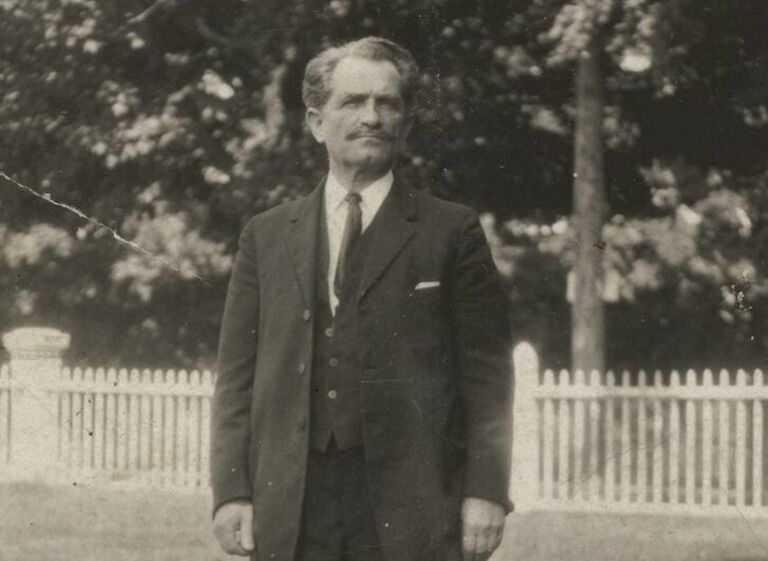
Source: Wikimedia Commons
William’s father had escaped political oppression. Both parents were relieved to leave the impossible situation in their home countries and settle in America, where they could freely pursue their professions. When they had their son William, they had high expectations for him.
The Child Genius
Determined to see their son achieve greatness, especially after escaping the oppression they had suffered in their homelands, the Sidis parents did everything they could to stimulate William and encourage all types of learning.

Source: Lambert/Getty Images
The story is told that William’s parents were determined to make him a prodigy. They even taught him English while he was still a baby. The parents were thrilled with how William picked up new information and skills. Surely, they thought, they had a prodigy on their hands.
The Psychologist Father
Boris Sidis was a psychologist and author of a book written in 1911, Philistine and Genius. In that book, he wrote, “We can at that early period awaken a love of knowledge which will persist through life.” So Boris was confident that intense education was the key to his future greatness.
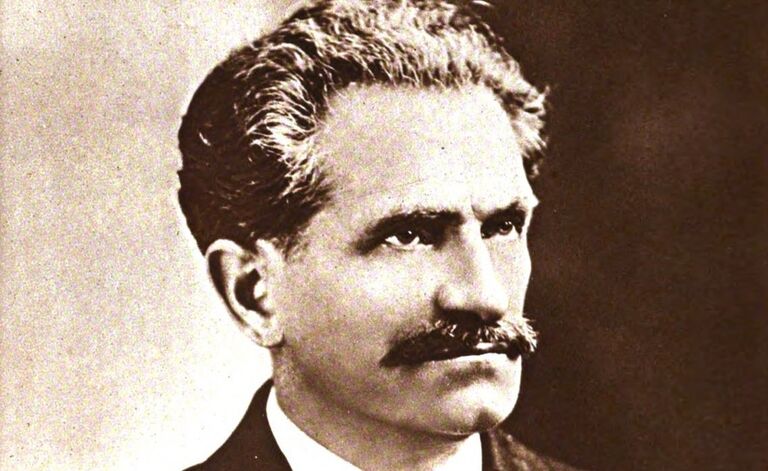
Source: The Marden Studio
Thus, Boris was using his own son to test his psychological theory. He wanted to prove that one can produce a genius by constant training at home. In other words, Boris contended that William was not necessarily born with his genius abilities; his parents would create one.
A Textbook Written by a Five-Year-Old
When William was only five years old, he made an astounding accomplishment. By implementing the mathematical and logical lessons he had learned thus far, he invented a formula for calculating the days of the week throughout all eras of history.

Source: H. Armstrong Roberts/ClassicStock/Getty Images
The New York Times reported that he had also written a textbook on human anatomy at the time. Unquestionably his parents’ dream had come true – their young son was astounding scientists and academics worldwide with his accomplishments.
Six Months to Finish Seven Years’ Study
William Sidis’ academic achievements continued to astound. In six months, he had completed a wide-ranging study course that would take another person at least seven years. Like his father, he quickly learned and studied many new languages in record time.
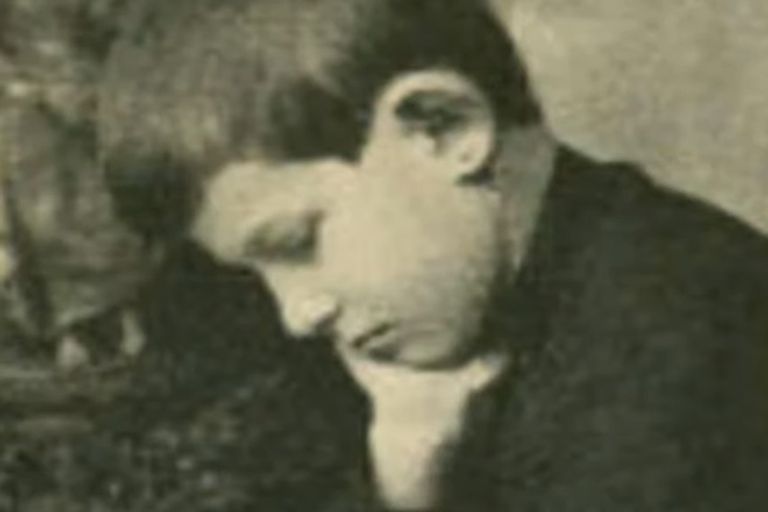
Source: Trend Alerts/YouTube
It is said that by the time he was eight years old, he could speak eight languages. The fantastic achievements continued to accumulate. Clearly, he was not cut out for the standard American education system for a boy his age. Here’s a question, though – why have we never heard of this boy?
Not Your Usual Prodigy
When we read about child prodigies, it is usually about their brilliance in a particular field, such as music, mathematics, or writing. But what was unusual about William is that he qualified as a genius in many fields.
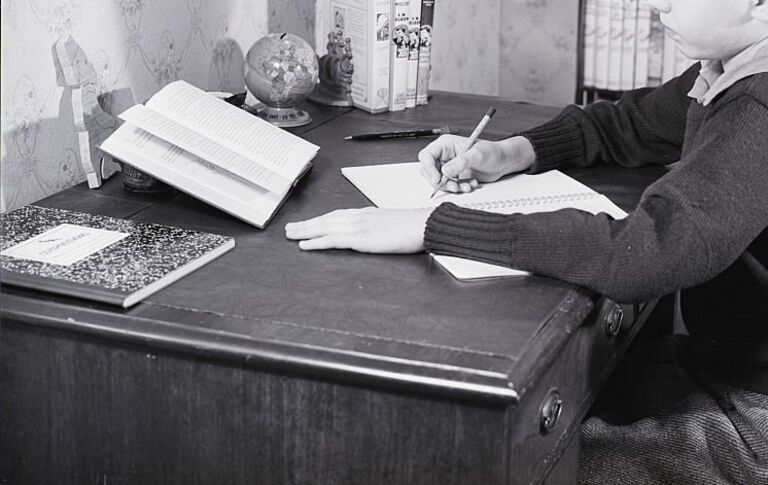
Source: Bettmann/Getty Images
William was different. His fields of genius included academics, poetry, and political theory. The boy stood out and accomplished many goals in all three areas, to much acclaim from older professionals. Because of this, Boris felt that only one school was appropriate for William.
Emotional Maturity
Boris took his son William to Harvard University when the boy was nine years old. He presented William as a prodigy that deserved a place in the prestigious institution and felt that Harvard would be pleased to accept him.
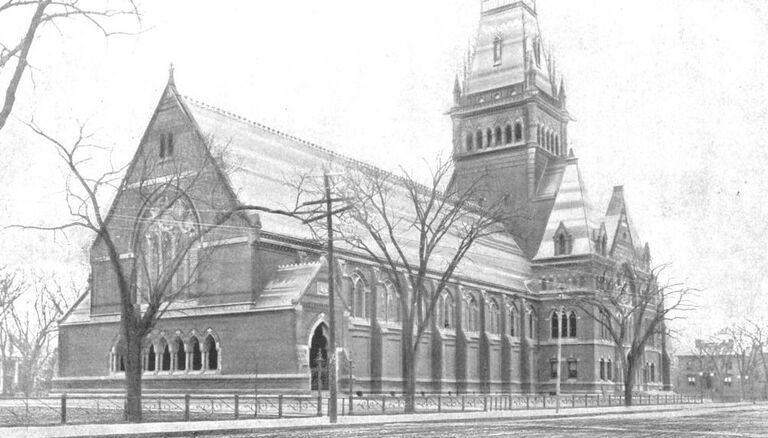
Source: The Print Collector/Getty Images
The Harvard admissions team, however, thought differently. They determined that William was not fit emotionally to begin college studies and challenges. Boris argued with the admissions office, but the university stood its ground. Had Boris taken their advice, William’s life would have been quite different.
Boris Waited Two Years
Boris was incredibly anxious to see his son enter Harvard. He dreamed of the fame and renown William would achieve by attending the famous school at such a young age. So Boris waited only two more years and enrolled William at age eleven. This time, the school agreed to admit the boy.
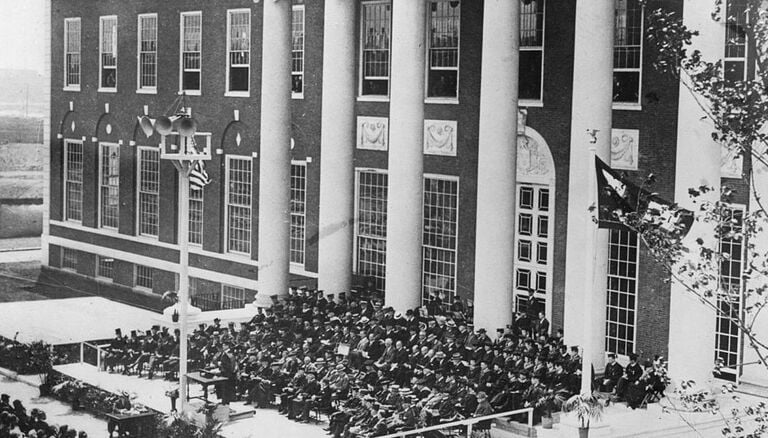
Source: Fox Photos/Getty Images
So, in 1909, William Sidis began his life at Harvard University. He was the youngest freshman ever enrolled before then, and since – he still holds the record. We would expect to read more about William’s many accomplishments, but we don’t even see his name mentioned among the list of alumni. What happened?
Brilliant Boy
According to some stories, William Sidis had an IQ of over 300, almost twice that of Albert Einstein. He excelled in many subjects, could not feasibly continue his education in the public school system, and was accepted by Harvard University.

Source: Keystone/Getty Images
The author Abraham Sperling wrote about Sidis in his 1946 book Psychology for the Millions. He wrote, “His [IQ] score was the highest that had ever been obtained.” Why, then, do we know nothing about William Sidis? Why is he not as famous as Einstein?
Lecturing at Harvard at Eleven Years Old
William Sidis’ IQ score made him more brilliant than famous geniuses like Stephen Hawking and Sir Isaac Newton. Reports from Harvard indicated that he was on the road to becoming just as famous as those men.
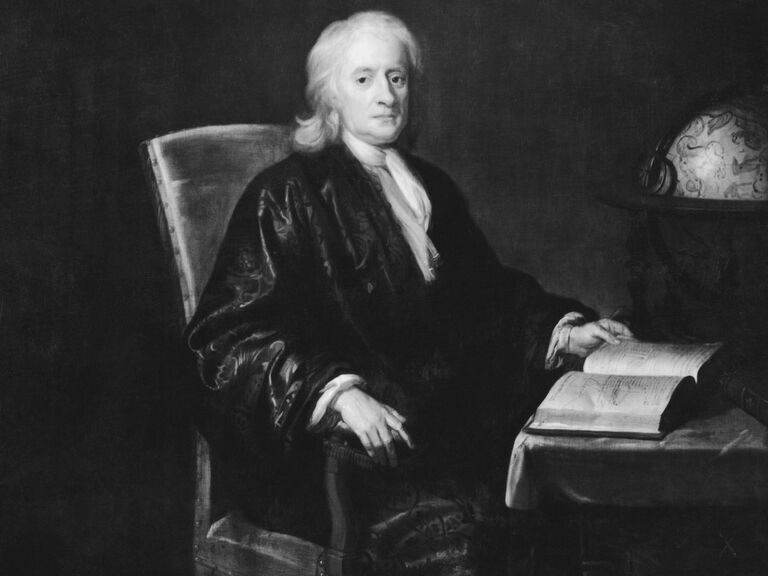
Source: Bettmann/Getty Images
In 1910, when he was just eleven years old, William delivered a lecture to the prestigious Harvard Mathematical Club. Attending that lecture were famous mathematicians from the university and elsewhere, and this young boy stood before them to deliver a fascinating talk.
In the Audience
William Sidis began delivering his lecture to the Harvard Mathematical Club on that day in 1910. He was speaking on an incredibly complex topic – the concept of four-dimensional bodies. Although that topic is foreign to most of us, it was a perfect subject for this group.
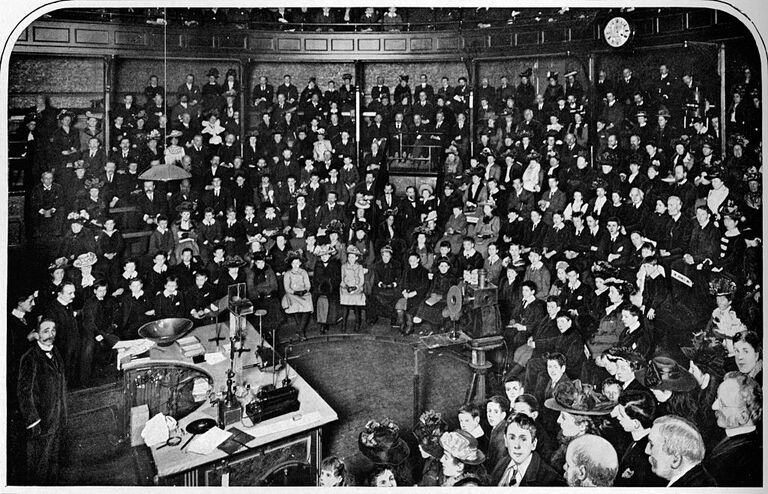
Source: The Print Collector/Getty Images
There was one person in the audience who was especially familiar with this complex topic, a man named Daniel Comstock. Comstock was a physicist at the prestigious Massachusetts Institute of Technology.
Comstock’s Prediction
Daniel Comstock was astounded at William’s brilliance. As he sat in the audience, he became more and more certain that this young boy would do great things in the future. With a mind like his, he could make important changes in the world.
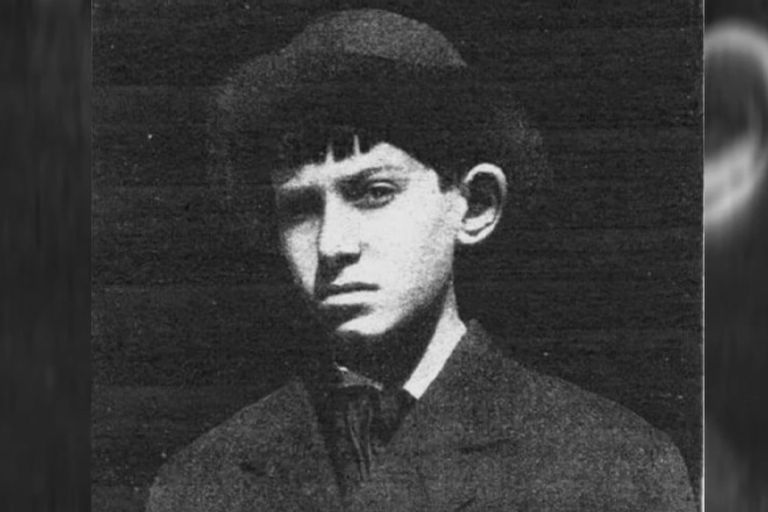
Source: Trend Alerts/YouTube
Comstock is quoted as saying, “I predict that young Sidis will be a great astronomical mathematician. He will evolve new theories and invent new ways of calculating astronomical phenomena. I believe he will be a great mathematician, the leader in that science in the future.” But even Comstock got it all wrong.
Boy Genius in the News
Soon, the news about Sidis spread from the university and academic circles to the news outlets. The “Harvard’s Boy Genius” phenomenon was too good a story for the press to pass up. Within weeks, the media was obsessed with William.
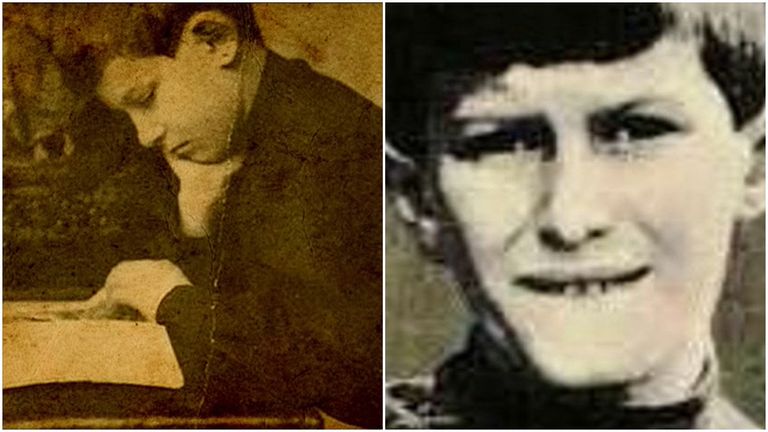
Source: Today I Found Out/YouTube|Today I Found Out/YouTube
This obsession with William didn’t fade – it continued for the rest of his life. He was the darling of the newspapers and other media and the public at large. But this was not true of William’s other classmates. That’s when the problems began.
Not Fitting In
The renowned architect Buckminster Fuller reportedly attended Harvard with Sidis. Although the academic staff treated William with kindness and respect, Fuller reported that most students considered him a freak.
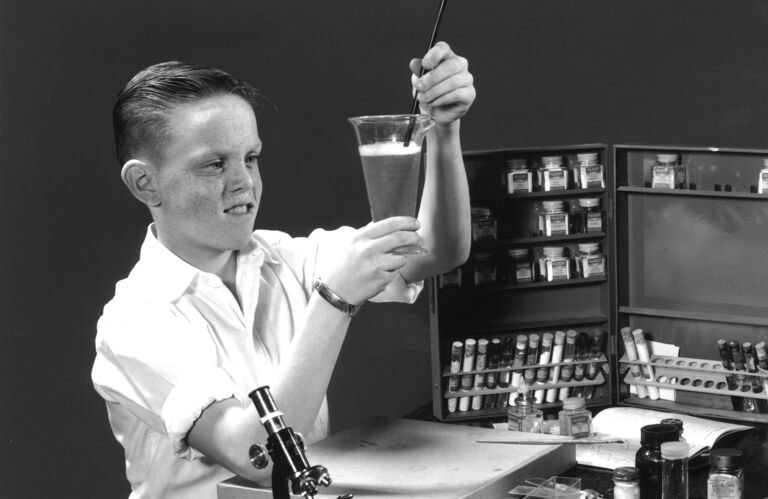
Source: Lambert/Getty Images
Fuller stated that even when William was already 16 years old, his parents sent him to Harvard dressed in short pants. In those days, boys started wearing long pants when they turned 14, but William’s parents refused to dress him appropriately. That was one reason that the boy struggled to fit in since the other students were looking askance at him because of his attire.
What Happened to William?
Although they mocked him, Sidis’ fellow students realized he had a unique mind and would most likely go on to reach significant accomplishments in his field. Yet, those accomplishments never happened, and it seems the world stopped hearing about this prodigy.
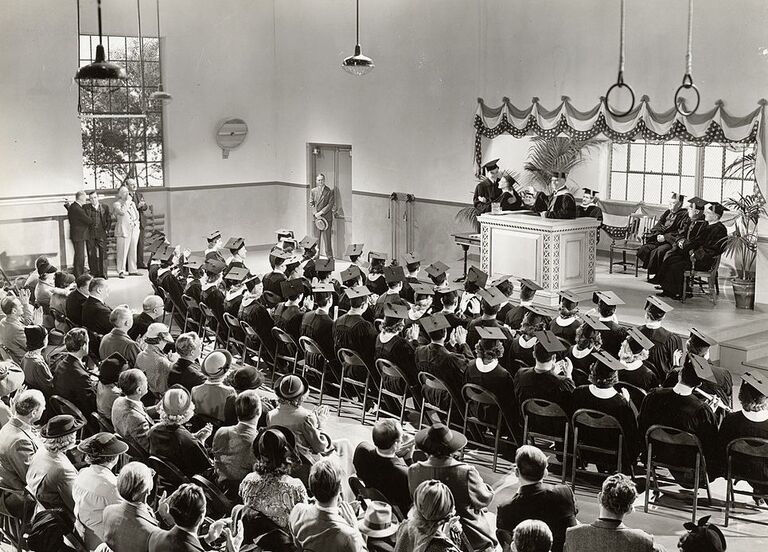
Source: Vintage Images/Getty Images
We have one clue as to what happened to William Sidis and why he never reached the goals that everyone expected of him. The clue is in a speech he gave reporters after he graduated from Harvard in 1914.
I Want to Be Alone
In that speech, Sidis is reported to have said, “I want to live the perfect life.” This was a bizarre statement for the young graduate; what did it have to do with his abilities, his intellect, and his dreams for the future?

Source: Ryan McVay/Getty Images
Sidis’ speech then got even stranger. He said, “The only way to live the perfect life is to live it in seclusion. I have always hated crowds.” Everyone was stunned – was this genius preparing to drop out of normal society and discontinue his studies? Would no one hear from him ever again?
An Unusual Life
After that strange speech, people started noticing that Sidis’ life was unusual in other ways. He had decided not to marry, saying that he did not feel comfortable with the whole concept and wasn’t interested in mingling with women.

Source: kgorz
People wondered if his troubles at Harvard, being isolated by his fellow students and not developing any friendships, were the root of the strange behavior. Perhaps he felt isolated at the university and preferred to keep to himself rather than risk embarrassment.
Becoming a Teacher
After graduation, William decided to pursue his doctorate in mathematics. He was accepted at Rice University in Texas. He would have preferred to stay at Harvard but had reportedly received frightening threats and felt he needed to leave.
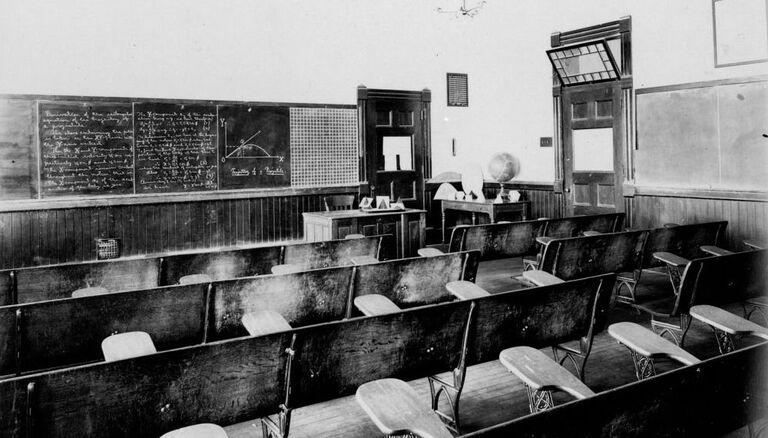
Source: University of New Hampshire/Gado/Getty Images
He was 17 years old when he began his studies at Rice University. To support himself, he also accepted a position teaching trigonometry and geometry to students older than him. This was destined to be a difficult situation, and indeed it was. His hardships continued.
Out and Back at Harvard
His troubles multiplied until he decided, after only one year, to leave Rice University and his teaching position and return to Harvard. He left because the students in his classes and the students he mingled with at the university made him feel uncomfortable.

Source: 15Everett
Instead of pursuing further studies in mathematics, William enrolled at Harvard’s Law School. As he did everywhere else he studied, he excelled but ultimately dropped out in 1919. Once again, his path took a different and surprising turn. Why was Sidis failing to meet his goals?
Pursuing Other Passions
It seems that Sidis had become interested in socialism. Although there is no record of any articles or speeches on the topic, he was arrested at a socialist protest. This was surely not a path his father had imagined for him.
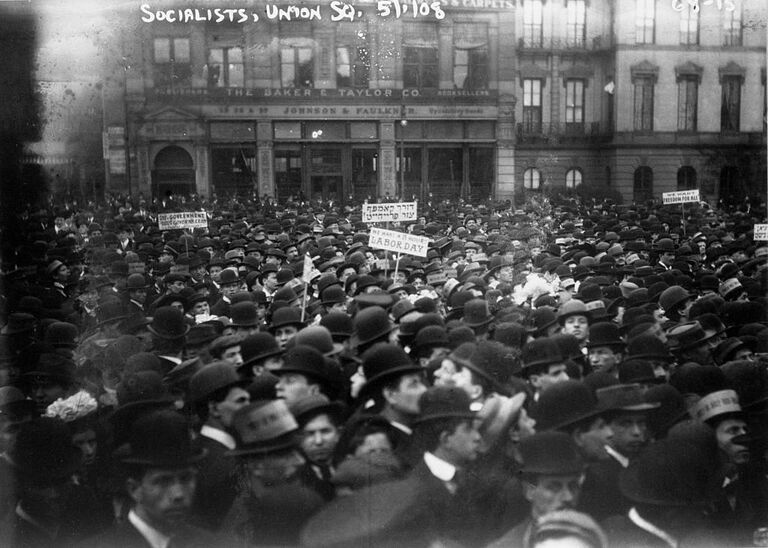
Source: CORBIS/Corbis via Getty Images
Considering all of the paths open to him and his tremendous, breathtaking intellect, Sidis could not find a place for himself. It seems that he became so interested in socialism that, during the demonstration where he was arrested, he allegedly shouted, “To hell with the American flag.”
The Press Picks Up On Sidis’ Arrest
The news media had never forgotten William Sidis, in fact, reporters followed his career as it became more and more strange. His arrest was covered by the press, as was his trial, which was equally shocking.

Source: Hulton Archive/Getty Images
The trial gave Sidis a platform to proclaim his beliefs. He apparently stated that he embraced pacifism and supported the movement that was behind the Russian Revolution. These sentiments were not popular with those people worldwide who had admired his academic accomplishments.
On Parole
William’s father, Boris, decided to step back into his son’s life and fix things. Although William had been sentenced to 18 months in prison for participating in the demonstration, he was granted parole as long as he obtained psychological counseling.
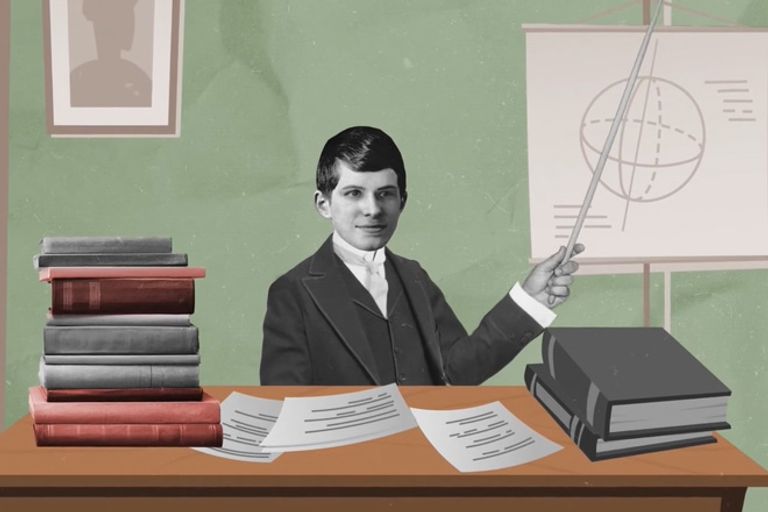
Source: BRIGHT SIDE/YouTube
Instead of going to any psychological institution, however, Boris took William to Boris’ own facility in New Hampshire. He hoped to set his son back on the right track through therapy and in-person care. However, Boris’ hopes were not to be realized.
Out of Therapy
William was quoted as saying that the experience in his father’s mental hospital was “mental torture.” There are no reports or details of his life within the institution, but he clearly suffered and could not wait to be released.
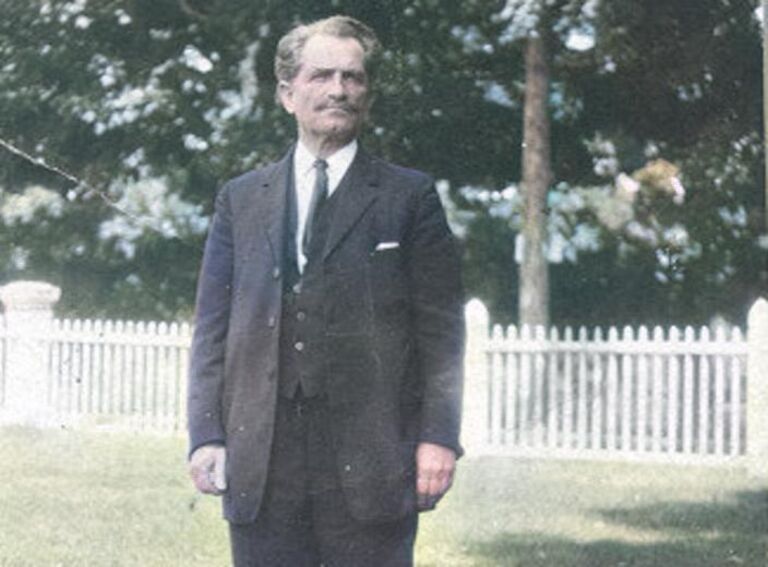
Source: Wikimedia Commons
He was finally released from the mental hospital in 1921. Finally, he was free of the presence and influence of his father and mother and could be a man on his own. He seemed ready to start his own life on his own terms.
A Simple Life
In a far different state of mind, William began a life of isolation, free from the claws of the media that had made him so miserable in his earlier years. He could have taken a teaching position at a local school and been happy with low pay and a simple home.

Source: Wikimedia Commons
Instead of staying in any type of academic position, however, William took on a series of jobs that required no particular high-level skills. He did this to keep out of the limelight and out of the eyes and ears of the press. That did work for a short time.
Workaday Jobs
Sidis’ intellect was so unique, and he had so much to offer to the world with his insights and research findings that it is hard to think he could live in obscurity. Sure enough, in 1924, a reporter tracked him down.
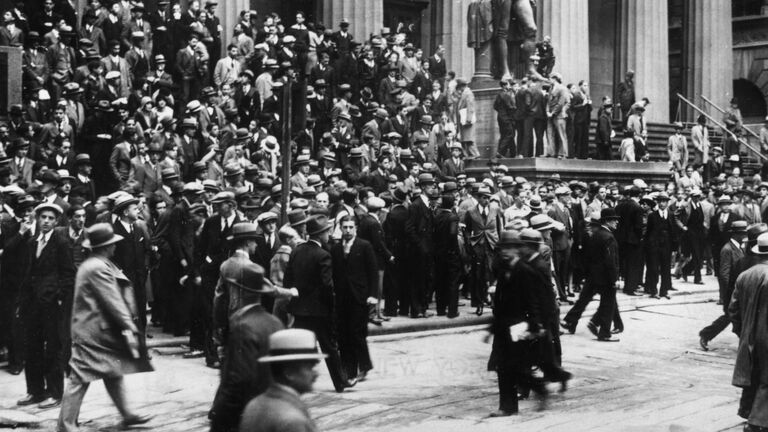
Source: London Express/Getty Images
The reporter found him working on Wall Street in New York City. He was employed as an adding machine worker, earning $23 per week, which was a low salary even for those times. Suddenly the world found the famous William Sidis again, and interest grew.
Not Part of the Family
Sidis had deliberately distanced himself from his parents, blaming them for raising him in such a strange way. He wanted nothing to do with them, their influence, or their ideas. He undoubtedly felt that their parenting style had a great deal to do with his unhappiness.

Source: The Marden Studio
Much as he wished to live a quiet life, somehow, William missed the academic world. He longed for the challenges of research. In 1925 he published a theory about the cosmos and how life began called The Animate and the Inanimate.
The Book is Ignored
The book was mostly ignored, even though it included some groundbreaking ideas. It happened to be re-discovered many years after William’s death, but it gained no publicity at the time. This was yet another rejection by the academic community and was probably devastating to William.

Source: David De Lossy/Getty Images
The rejection of his book may have been the final straw in William’s decision to re-enter the life of isolation and obscurity. At this point, however, since he still wanted to research and write, he began to publish under pseudonyms. His name being hidden, he could publish more freely.
How Many Books Did He Write?
It is unclear how many works were written by Sidis, once he began using pseudonyms. We know of at least two, one focusing on the development of the U.S. government system and the other on a rather odd topic.

Source: Keystone Features/Getty Images
One of the books was titled The Tribes and the States. This work offers a very different history of Native Americans, contending that American democracy was shaped by various native people whom European immigrants met when they settled in the colonies.
One of his Obsessions
The second book we know of was called Notes on the Collection of Transfers, for which he used the pseudonym Frank Folupa. Sidis had become obsessed with streetcars sometime during his life and yearned to write a book about them.

Source: Animo
This book is a collection of trivia, facts, poems, and jokes about streetcars. It is shocking that a man with such a gifted mind should choose to write about this topic, and it seems a waste of his time to do so. Indeed not a book to amaze the scientists of the world.
Hidden Away
For the rest of his life, Sidis lived an isolated existence. Every once in a while, he would show his intelligence and academic knowledge, but then he’d scurry away to hide in case the press found out where he was and began to hound him.

Source: Bibliothek Wissenschaftspark Albert Einstein
But the world did not forget about William Sidis. People wondered what happened to him, whether he was hiding away somewhere developing important scientific theories, and whether he would reappear one day with fascinating findings.
How Can We Explain This Man?
Some reporters were determined to find Sidis and discover why he had chosen to hide from the world. One reporter from The New Yorker managed to meet with Sidis in 1937 and wrote an article that helped to shine some light on the man.
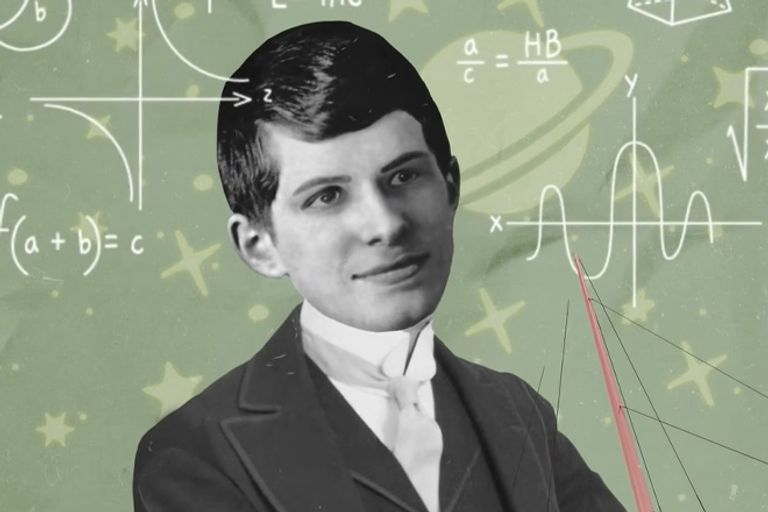
Source: BRIGHT SIDE/YouTube
Sidis was quoted in the article as saying, “The very sight of a mathematical formula makes me physically ill.” Later in the article, the reporter asked about not living up to what others expected of him. He explained by saying, in a wry tone, “It’s strange, but you know I was born on April Fool’s Day.”
Anger with the Article
The article came out, and Sidis was angry at having been depicted as sad and lonely. He felt that the article made him seem like he was desperately trying to make a living in Boston. He decided to sue the magazine.

Source: R. Gates/Archive Photos/Getty Images
Sidis sued The New Yorker for invasion of privacy. Although he had been quoted correctly, he felt that the article’s tone was unfair and complained that the piece had caused him “grievous mental anguish [and] humiliation.”
In the Press Again
Although Sidis wanted to stay out of the public eye and hide away, the article itself threw him back into the eyes and ears of the public. At first, the court threw out the case.

Source: Debrocke/ClassicStock/Getty Images
The reasoning of the court was that the legal system was not able to protect an individual from the media. Sidis had hoped the article would prove that he was no longer his father’s genius and that he had made the right decision to simply hide away. But now Sidis was back in the news.
Overturned Ruling
In 1944, Sidis eventually won the lawsuit against The New Yorker. At that time, he was back to working menial jobs in various institutions. He never returned to full-time academics or writing, although he must have been satisfied to win the lawsuit.

Source: Davies/Topical Press Agency/Getty Images
In July of 1944, at the age of 46, Sidis suffered a brain hemorrhage, which had felled his father twenty years before. After so many years of brilliant work, followed by so many years of terrible sadness and suffering, the would-be genius was silent.
Obscure History
Sidis passed away relatively young. He had shown such promise, and his demise was tragic. Here was a young boy with an IQ higher than Einstein’s, who was hailed as one of the world’s smartest people, gone from that world at a young age.

Source: BRIGHT SIDE/YouTube
Perhaps this was the right type of ending for this confused person. He tried to be what his father wanted him to be, but found no joy in it. Instead, he opted to hide away, and, at a very young age, he got his wish.
